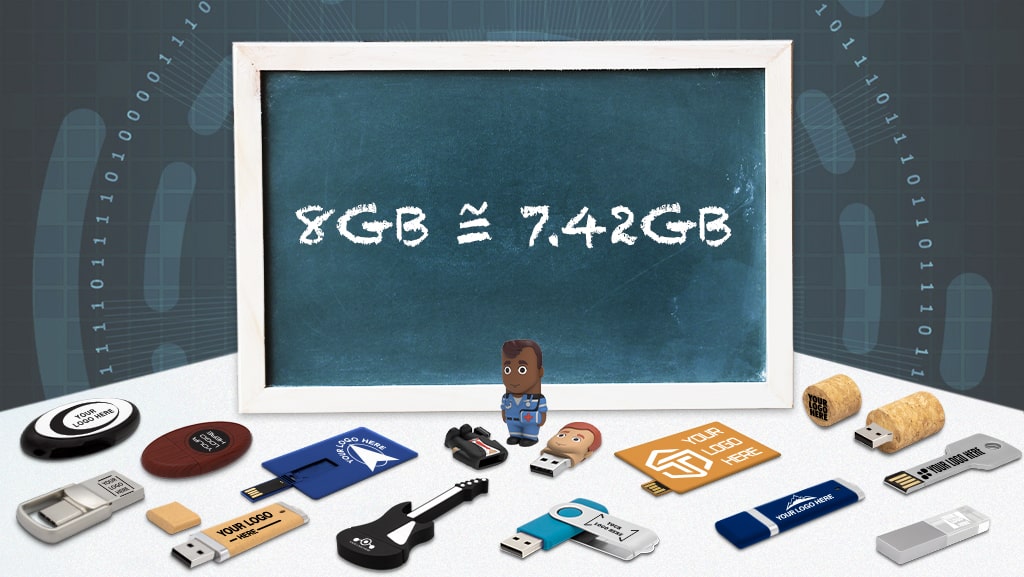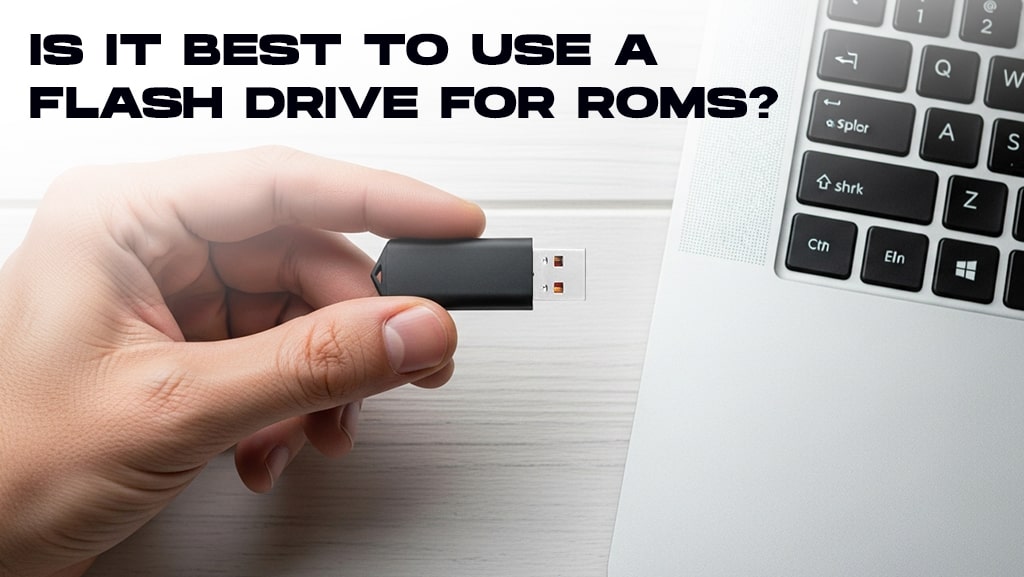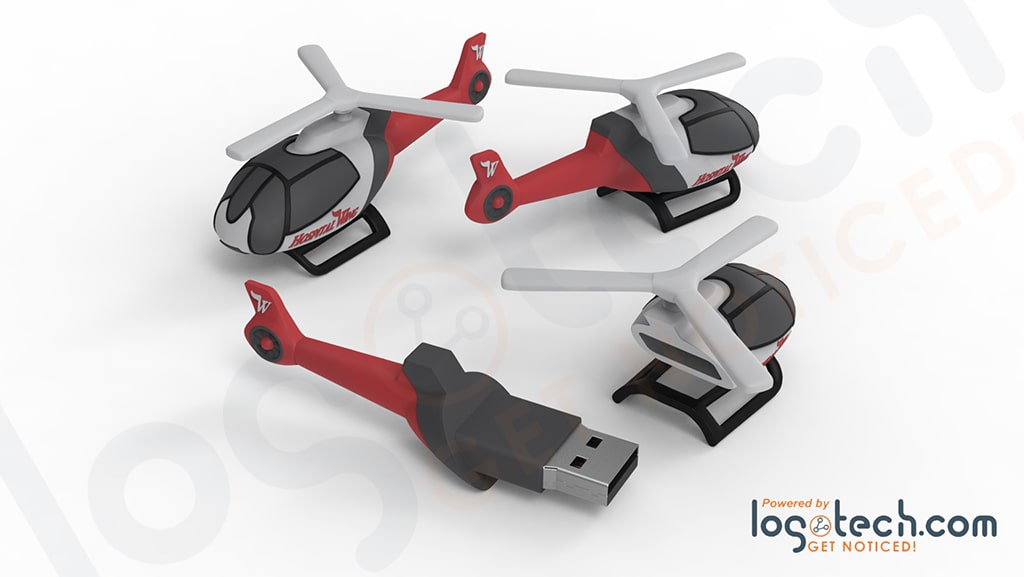
Actual USB Drive Storage Capacity
Why a flash drive's stated capacity and what your PC shows are not the same?
So you just got a new 8GB flash drive and planned to use that space to clean up your hard drive by offloading some documents.
Then you plug the flash drive into your computer. Instead of a full 8GB of memory, the computer shows it has 7.42GB available.
Despite what you might think, this is not due to a problem with your flash drive or PC. Instead, it's due to the:
Jump drive's firmware.
How memory manufacturers and your computer measure memory capacity.
Firmware -- the flash drive's operating and file system -- takes up a small portion of the device's memory. It cannot be accessed for storage and will not show up when you access the device's memory.
Anyone with a smartphone has probably noticed the difference between advertised capacity and usable space. Your iPhone says it offers 64GBs. In reality, the phone dedicates a portion of that space to the iOS operating system. While you can offload apps you don't use to clear up space, you can't dump the operating system (unless you want an expensive brick instead of a phone). Similarly, a flash drive needs an operating system to function correctly.
The second reason for the variance is because memory manufacturers define the size of a byte differently from how a computer does.
These size definitions are based on either:
- Base 10 (decimal) for memory manufacturers. In Base 10, a megabyte is 1,000 bytes.
- Base 2 (binary) for computers. In Base 2, that same "megabyte" is 1,024 bytes.
In simple terms, your computer uses Base 2 calculations. When it reads the memory card, it subtracts the difference between the two scales. It also removes the space taken up by the operating system to determine available memory space. The number you then see is its actual memory capacity.
Why are there size systems?
Around the world, most people understand the metric system and its prefixes, which are all based on an easily dividable 10. Kilo is a prefix for 1,000 (one thousand), Mega for 1,000,000 (one million), and Giga for 1,000,000,000 (one billion). Somewhere in the history of computing, these known prefixes were applied to computer memory as kilobyte, megabyte, and gigabyte in Base 10, even though those words and measurements don't exactly match up with actual memory capacity.
Binary code (Base 2) consists of 1s and 0s. Those two base digits keep multiplying by powers of 2. They don't lead to nice, round numbers. There also aren't any standardized Base 2 prefixes to help define memory capacity.
Then, in 2000, the International Electrotechnical Commission aimed to clarify things once and for all. The commission defined 1024 bytes as a kibibyte, 1,048,576 bytes as a mebibyte, and 1,073,741,824 bytes as a gibibyte. These are still rough equivalents to kilobytes, megabytes, and gigabytes but are more specific to the actual numbers.
While these new prefixes standardized the computer language, it was too late in computing history to get either manufacturers or consumers to adopt the new terms. Base 10 simply has easy-to-visualize numbers, making it a popular pick for manufacturers looking to sell their products.
What do these differences mean for you?
As memory storage increases and the units become larger, the differences become more pronounced. The difference between the stated memory capacity and what your PC reads as available can be up to 9 percent (at the terabyte level).
That 64GB iPhone previously mentioned has the same issue. Not only does the iOS use up a portion of the memory, the same question of byte definitions applies. Those 64 gigabytes are in actuality, about 59 gigabytes.
Here is the thing for consumers, however. While those 256GB phones might be a little short on bytes, that is still a whole lot of data you can store on a device.
What does this mean to you when buying memory for specific uses? A 900 MB data file may fit on a 1GB flash drive. Your safer plan is to purchase a 2GB flash drive. That way, there is no doubt the files will fit.
How much memory should you buy?
Flash drives commonly come in memory capacities ranging from 128MB to 256GB. There are even 1TB flash drives on the market.
If you only have a few word processing documents to save, that 128MB thumb drive should be enough. If you are downloading every photo you have taken in the past 10 years, you might want that 256GB flash drive.
You may consider getting USB 3.0 if you use them for video or other large files. Memory sizes are the same, but they are 10x faster than USB 2.0 for transferring large amounts of data.
Once you have determined what memory size you need, Logotech will preload data on your custom-printed thumb drives free of charge. Create an account or ask for a quote today to get started.








